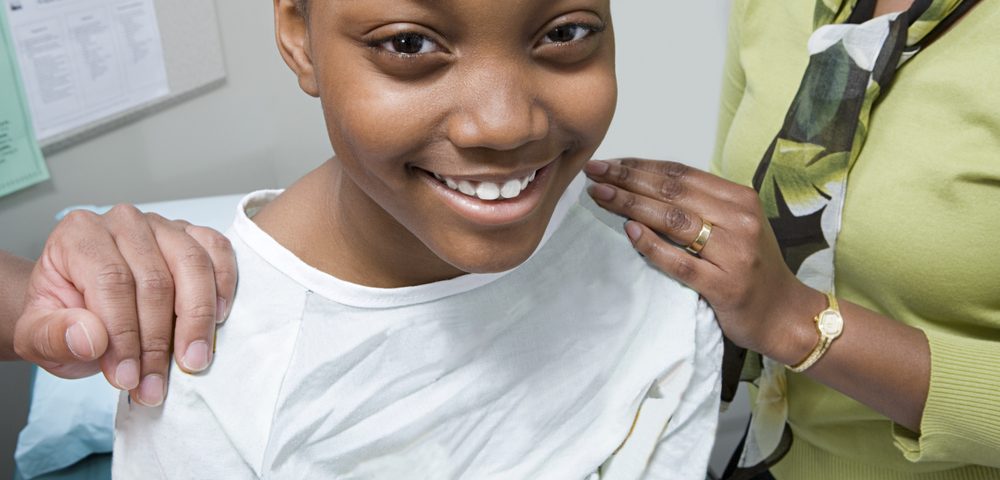Revlimid (lenalidomide) was found to effectively treat skin manifestations in adolescents with systemic lupus erythematosus, including Raynaud’s phenomenon.
The study, “Lenalidomide for refractory cutaneous manifestations of pediatric systemic lupus erythematosus,” was published in the journal Lupus.
Raynaud’s phenomenon is diagnosed as primary Raynaud’s when its cause is unknown. However, Raynaud’s is usually a symptom of another disease, such as systemic lupus erythematosus, and in this case is called secondary Raynaud’s.
A team of researchers evaluated both the safety and effectiveness of Revlimid in treating refractory cutaneous manifestations of pediatric systemic lupus erythematosus, such as Raynaud’s phenomenon. While Revlimid has shown promising results as a treatment for these type of disease manifestation in adults with lupus, investigators wanted to know if the same was true in children.
Revlimid has potent anti-inflammatory and immunomodulatory properties (meaning it targets the immune system and is capable of modulating immune system responses). Revlimid is used to treat multiple myeloma, myelodysplastic syndromes and mantle cell lymphoma.
Researchers performed a retrospective analysis of 10 adolescents, nine of whom were girls, who received Revlimid for recalcitrant cutaneous lupus erythematosus. The children initiated treatment with Revlimid between 2008 and 2013, taking between 5 to 12.5 mg daily as a treatment targeting cutaneous manifestations of systemic lupus erythematosus (SLE).
The team reviewed patients’ information collected at two different time points: at the beginning of the treatment and at six months follow-up. Besides Raynaud’s phenomenon with digital ulcerations (meaning a break in the skin), other manifestations included alopecia (hair loss); nasal and oral ulcers; extensive malar rash (also called butterfly rash, a characteristic form of facial rash); discoid lesions; bullous lesions; panniculitis (inflammation of the fatty layer beneath the skin); and cutaneous vasculitis (this includes a group of disorders in which there are inflamed blood vessels in the skin).
Researchers observed that within six months of treatment with Revlimid, all patients achieved a high rate of near or complete remission in cutaneous disease.
Skin disease manifestations, including Raynaud’s phenomenon, are highly prevalent among children and adolescents with SLE. The results show that in this small retrospective study in pediatric SLE, all patients treated with Revlimid showed a good clinical response within six months of treatment.


